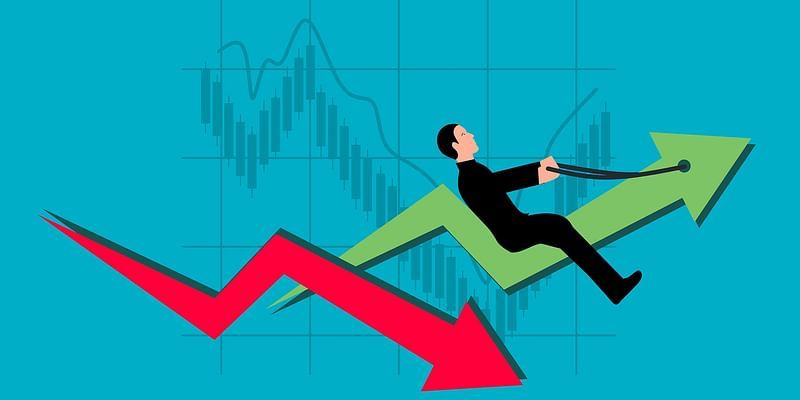Algorithmic trading has changed the face of global stock markets, more so in India. The method carries out trades, raises liquidity, and manages risks by following programmed commands. Some algorithms are simple, whereas others use advanced artificial intelligence (AI). They analyse vast amounts of online data and execute the trades to optimise each one rapidly.
Speed and efficiency
Algorithmic trading gives an advantage to speed and efficiency with its automatic algorithms that can execute the desired trades in seconds.
Globally, the algorithmic trading market is valued at $2.19 billion in 2023, projected to grow at a CAGR of 7% to $4.06 billion.
In India, after the Securities and Exchange Board of India (SEBI) permitted all the operators to employ the use of algorithms in trading in 2008, it has been on an upward trend. In fact, the Indian algorithmic trading market contributes 50% to 55% of the entire volumes of all trades carried out on computer systems, and it percentage is progressively improving.
Market liquidity
Algorithmic trading has been a game changer in the financial markets globally as it adds to the liquidity in the markets, which advantages retail investors through much better access to prices and smoother trade execution.
Algorithms that trade automatically involve the trading volumes and narrow the bid-ask spreads, making more efficient transactions. It has improved liquidity in the market, and retail investors could get in and out of positions with ease without fear of huge price movements.
Retail investors now have access to many of the tools that once were available to only the most experienced traders. Also, trading is becoming easier and less complicated. The province of trading is continually being made fairer than before because of technology’s ability to modernise business conduct.
Risk management
Modern technology has changed risk management in trading by using real-time analysis and position adjustment. Systems check on the market constantly and reduce risks as they arise, thus saving time in the event of market fluctuations. It promotes system reliability and optimises portfolio management, helping individuals make decisions in periods of high instability.
Besides the traditional risk assessment models, machine learning techniques—including predictive modelling and decision trees—are also used for risk assessment, providing a clear picture of the possible risks.
Algorithms also promote efficiency in trading by predicting the possible risks and advances in regulatory compliance. The combination of such tools and technologies ensures the security of assets and efficient trading strategies, giving traders more accurate and timely assessments of risks.
Democratisation of trading
Algorithmic trading has allowed access to advanced trading techniques via the Internet, benefiting even the smallest of retail traders. What was previously the terrain of the institutional financial giants is now accessible to retail traders.
Regulatory changes
As algorithmic trading has been expanding, regulatory authorities have been modifying their supervision to guarantee the fairness and stability of the market. In India, SEBI has put into practice concrete measures, among which testing and approval of algorithms stands out—necessary to ensure compliance with guidelines.
SEBI often provides consultation papers to regulate and update algorithmic trading, demonstrating the need for traders to always be in touch with the regulations and be compliant.
To conclude, algorithmic trading is a technological advancement transforming financial markets globally, where the future of trading will be closely connected with the progress of these algorithms.
Through AI and ML increasingly becoming a part of trading strategies, the algorithms will not only get better at analysing the past, but they will also be able to predict.
Kunal Nandwani is the Co-founder and CEO of uTrade Solutions.
(Disclaimer: The views and opinions expressed in this article are those of the author and do not necessarily reflect the views of YourStory.)


![Read more about the article [Funding alert] Vernacular audio platform Khabri raises $2.1M in pre-Series A round](https://blog.digitalsevaa.com/wp-content/uploads/2021/08/funding-shutter1-1627838959269-300x150.png)





![Read more about the article [Funding alert] SimpliContract raises $1.8M in seed round led by Kalaari Capital](https://blog.digitalsevaa.com/wp-content/uploads/2021/06/investment-1618121233003-1623648563540-300x150.png)

![Read more about the article [Funding alert] Apna Raises $70M in Series B Funding led by Insight Partners and Tiger Global at $570M valuation](https://blog.digitalsevaa.com/wp-content/uploads/2021/06/Image8olm-1623807123987-300x150.jpg)